Special Report
Most Likely Places in America to Get Hit By an Earthquake: Ranking 40 States
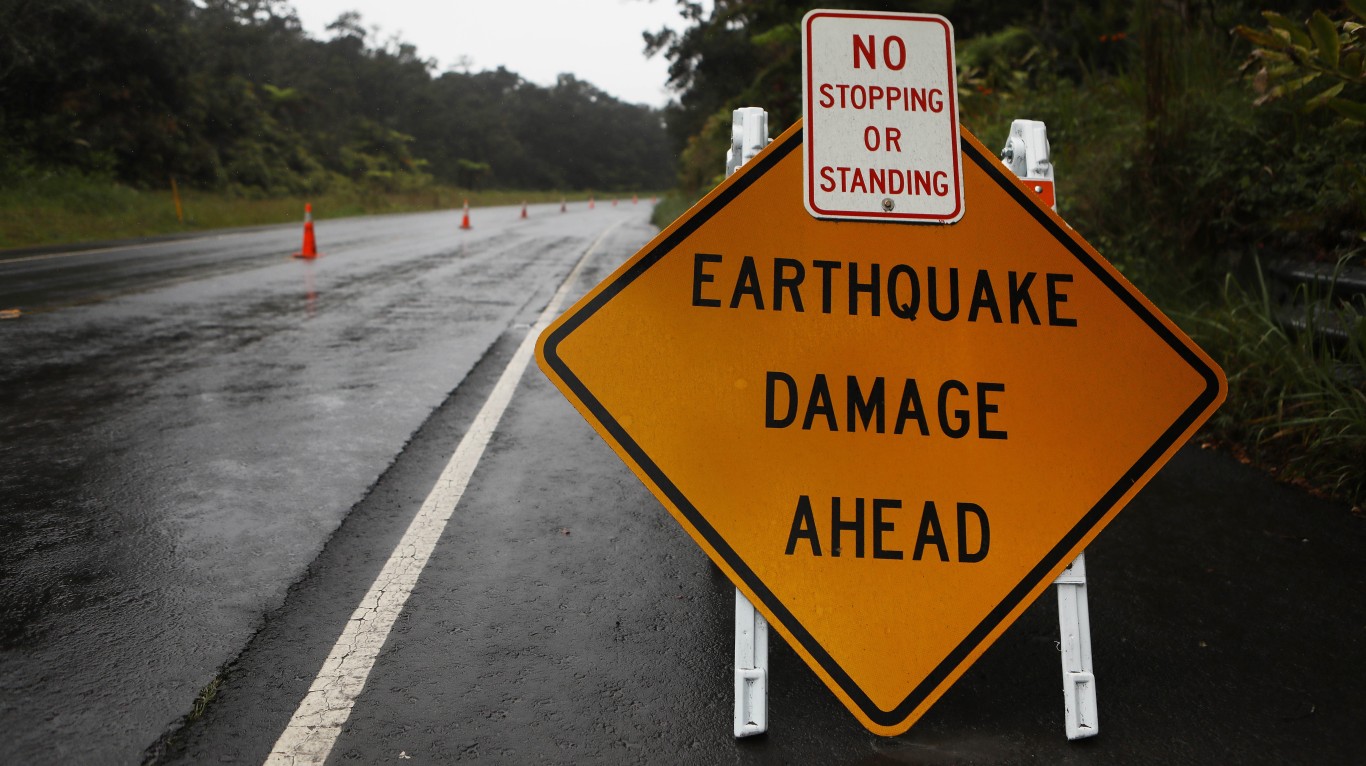
Published:

Small earthquakes can occur anywhere in the world, according to the United States Geological Survey – including every state in the U.S. While some states experience seismic activity that can barely be felt by residents – this includes most earthquakes under magnitude 3 – others experience powerful earthquakes multiple times a year. (Read about the worst natural disaster in every state.)
To identify the states that experience the most earthquakes, 24/7 Tempo reviewed Earthquake Counts by State 2010-2015 (M3+) from the Basic Earthquake Counts for the World and United States section of the United States Geological Survey website. Counts are as of March 10, 2016, and include quakes of magnitude 3 and above on the moment scale (Numerous scales are used worldwide to measure different aspects of an earthquake’s magnitude and effects. The more familiar Richter scale is less accurate than the moment scale for larger quakes.) Counts after 2015 have not been completed.
The frequency of earthquakes in a given area depends on numerous factors including the proximity to active fault lines. The Western region of the U.S. has far more faults than the Central and Eastern regions, which are thousands of miles from any active tectonic plate boundaries. This leads to a higher frequency of earthquakes in the West, especially in Alaska and California, which lie along the so-called “Ring of Fire” – a horseshoe-shaped ring bordering the Pacific Ocean where the Pacific tectonic plate becomes subverted (or pushed under) the surrounding plates, creating the most seismically active zone in the world. (The Ring of Fire is the source of many of the biggest earthquakes of modern times.)
Click here to see the most likely places in America to get hit by an earthquake
Despite the lack of active fault lines in the Central and Eastern U.S., the number of quakes in these regions has increased substantially for the last decade. The cause can be linked to human activity. Known as “induced earthquakes,” these seismic events are often a result of the underground disposal of wastewater that is a byproduct of oil production. A smaller number are caused by fracking operations.
Oklahoma, the state with the second highest number of earthquakes, is also the state with the most induced earthquakes. From 2009, Oklahoma has experienced such a large surge in seismic activity that its rate of magnitude 3+ earthquakes outpaced California’s for four years in a row.
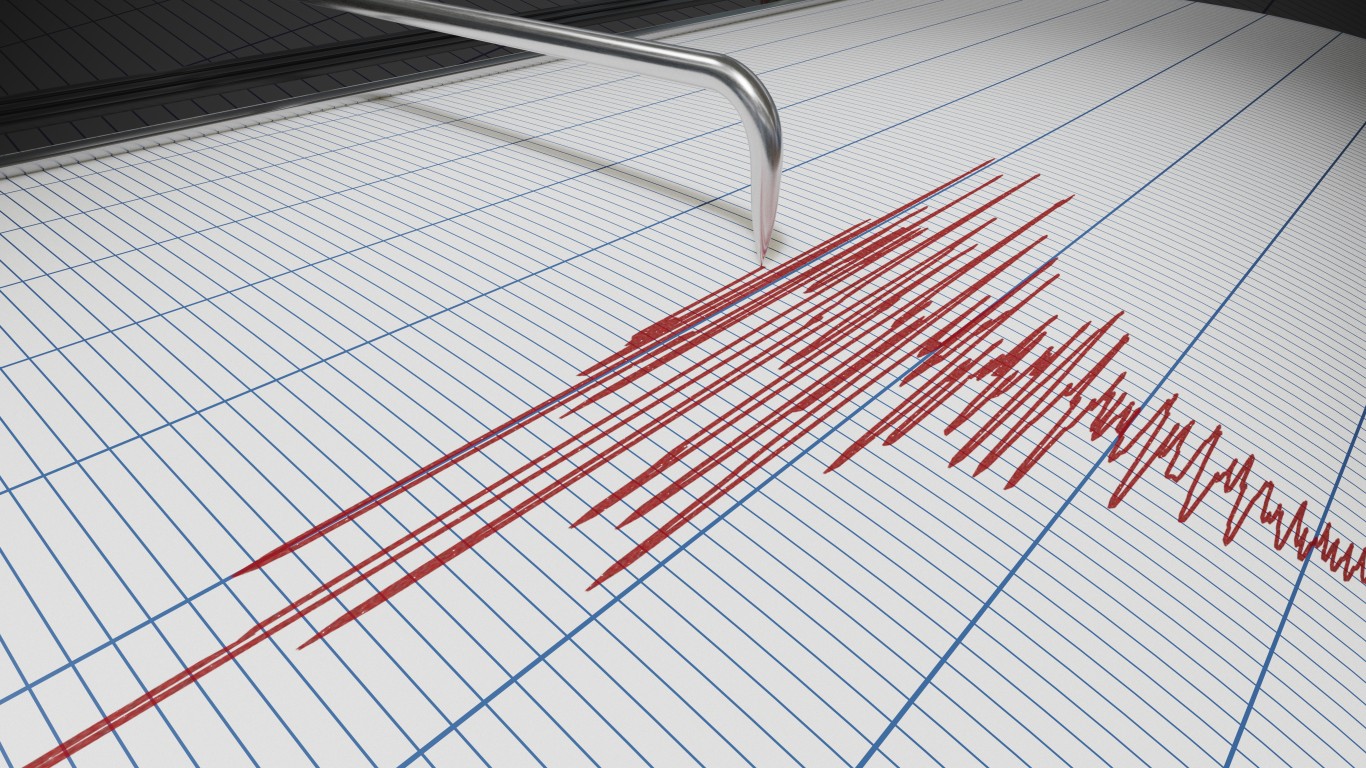
40. North Dakota
> Total M3+ earthquakes between 2010 and 2015: 1
> Max year: 1 quake in 2012
[in-text-ad]

39. North Carolina
> Total M3+ earthquakes between 2010 and 2015: 1
> Max year: 1 quake in 2014
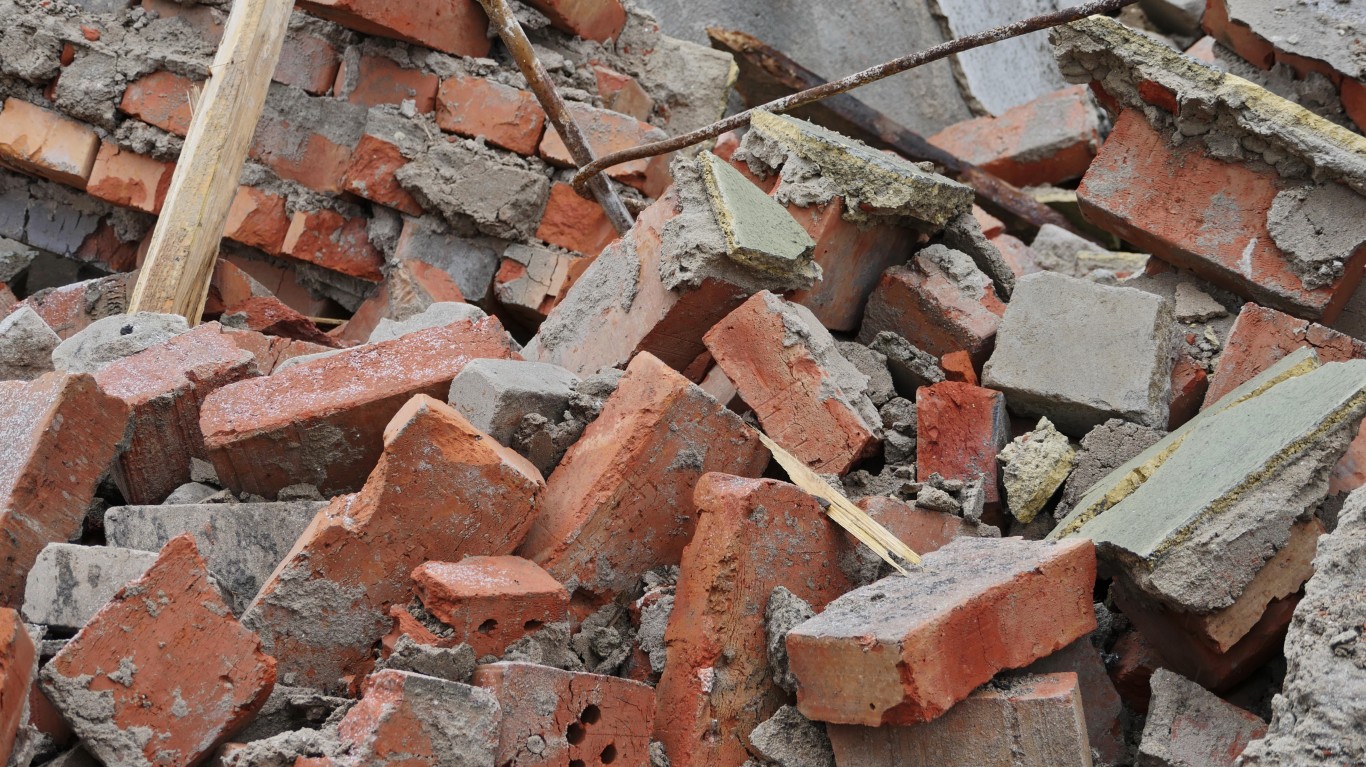
38. New Hampshire
> Total M3+ earthquakes between 2010 and 2015: 1
> Max year: 1 quake in 2010

37. Minnesota
> Total M3+ earthquakes between 2010 and 2015: 1
> Max year: 1 quake in 2014
[in-text-ad-2]

36. Maryland
> Total M3+ earthquakes between 2010 and 2015: 1
> Max year: 1 quake in 2010

35. Louisiana
> Total M3+ earthquakes between 2010 and 2015: 1
> Max year: 1 quake in 2010
[in-text-ad]

34. Connecticut
> Total M3+ earthquakes between 2010 and 2015: 1
> Max year: 1 quake in 2015

33. West Virginia
> Total M3+ earthquakes between 2010 and 2015: 2
> Max year: 1 quake in 2010
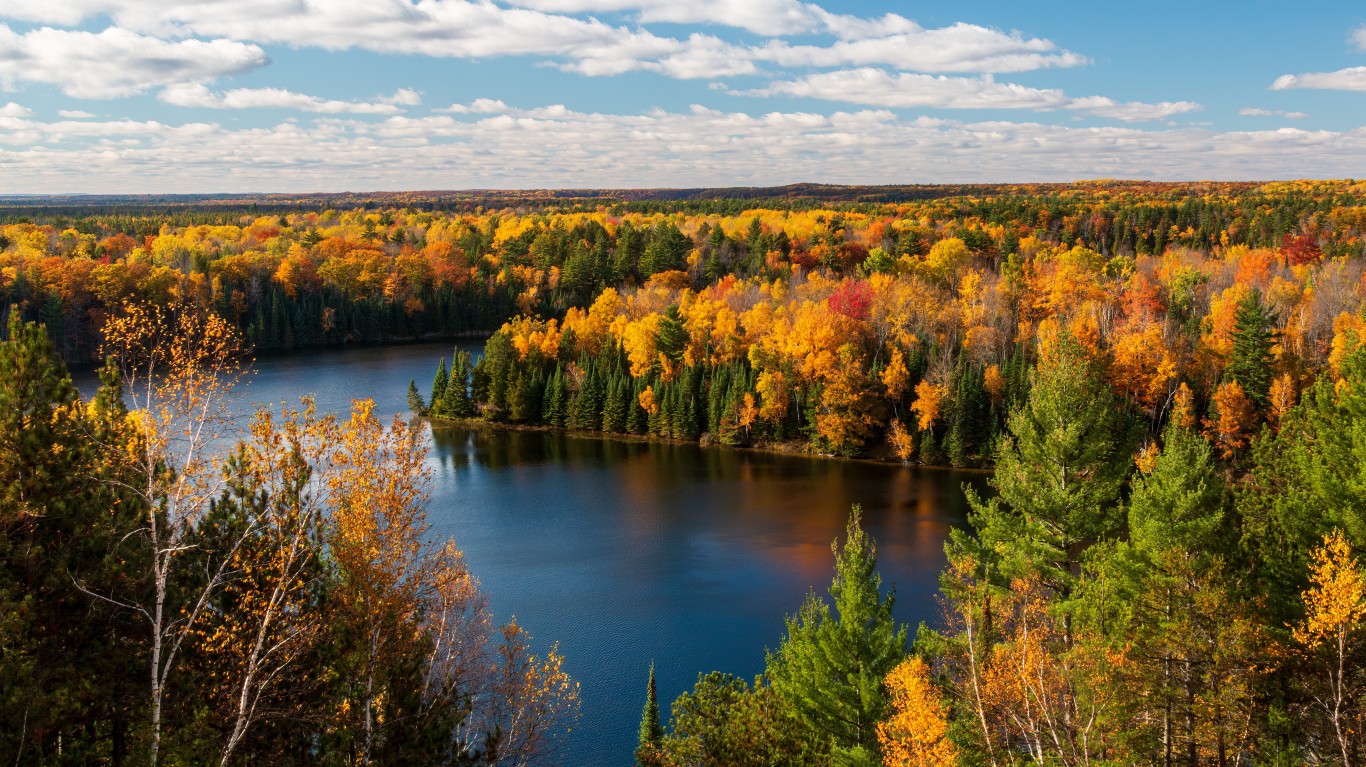
32. Michigan
> Total M3+ earthquakes between 2010 and 2015: 2
> Max year: 2 quakes in 2015
[in-text-ad-2]
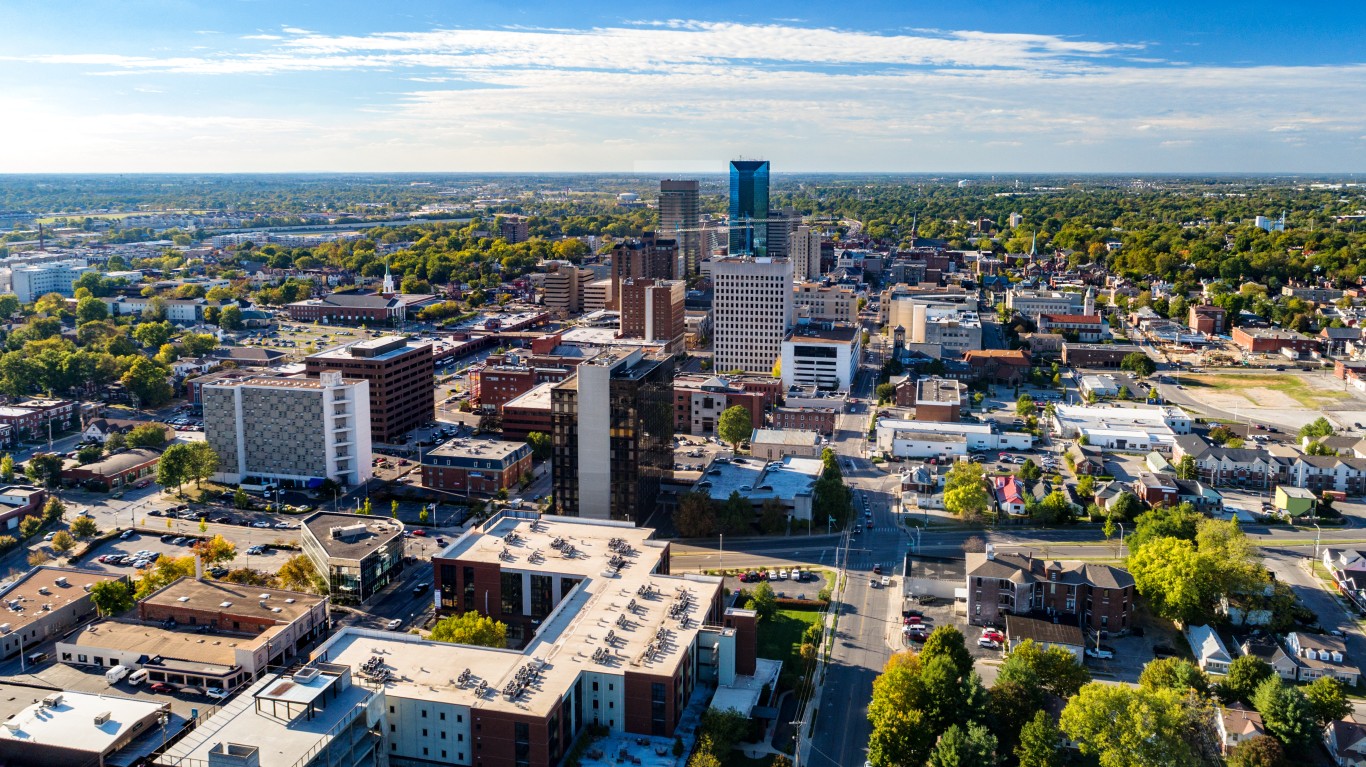
31. Kentucky
> Total M3+ earthquakes between 2010 and 2015: 2
> Max year: 2 quakes in 2012

30. South Carolina
> Total M3+ earthquakes between 2010 and 2015: 3
> Max year: 3 quakes in 2014
[in-text-ad]
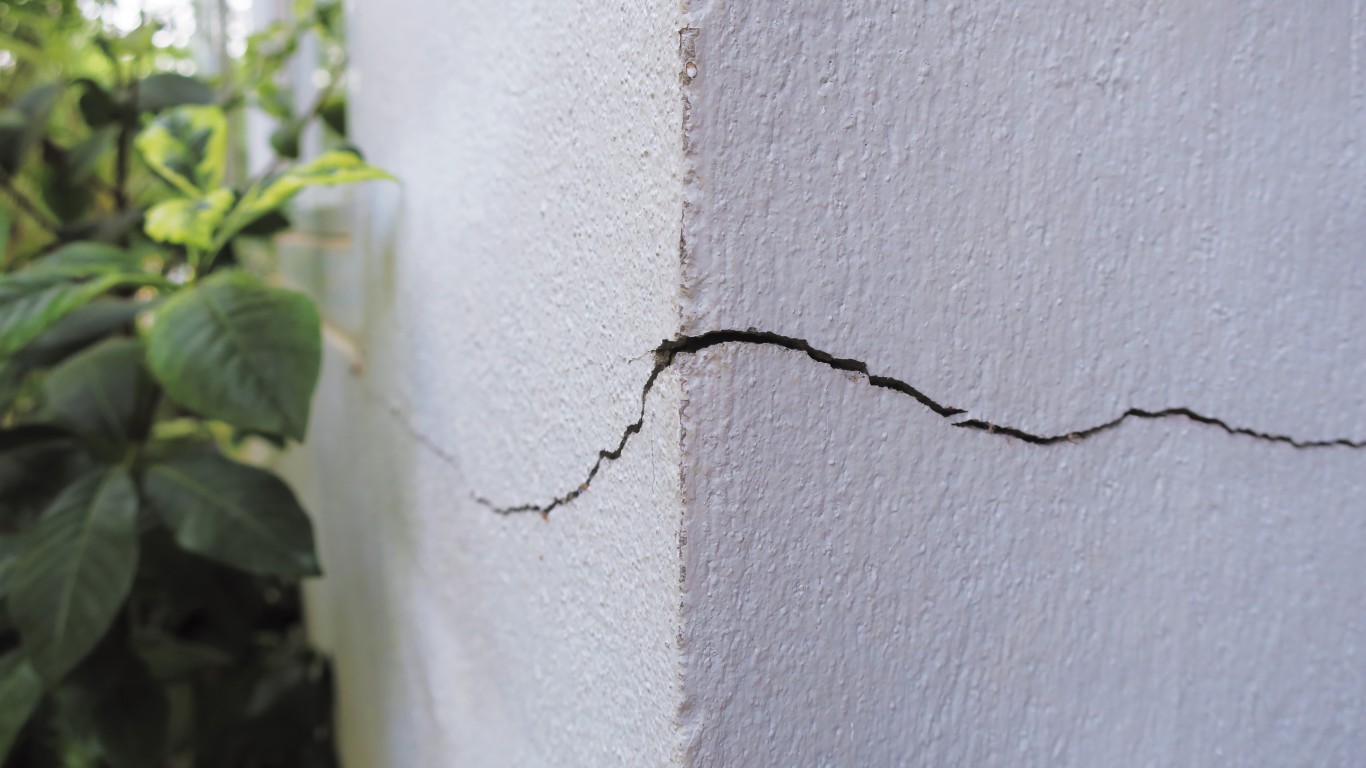
29. New York
> Total M3+ earthquakes between 2010 and 2015: 3
> Max year: 2 quakes in 2015

28. Mississippi
> Total M3+ earthquakes between 2010 and 2015: 3
> Max year: 3 quakes in 2015

27. Maine
> Total M3+ earthquakes between 2010 and 2015: 3
> Max year: 1 quake in 2010
[in-text-ad-2]

26. Indiana
> Total M3+ earthquakes between 2010 and 2015: 4
> Max year: 3 quakes in 2012

25. Illinois
> Total M3+ earthquakes between 2010 and 2015: 5
> Max year: 2 quakes in 2012
[in-text-ad]

24. South Dakota
> Total M3+ earthquakes between 2010 and 2015: 6
> Max year: 3 quakes in 2011

23. Ohio
> Total M3+ earthquakes between 2010 and 2015: 6
> Max year: 3 quakes in 2011

22. Nebraska
> Total M3+ earthquakes between 2010 and 2015: 6
> Max year: 3 quakes in 2015
[in-text-ad-2]

21. Tennessee
> Total M3+ earthquakes between 2010 and 2015: 8
> Max year: 4 quakes in 2012

20. Alabama
> Total M3+ earthquakes between 2010 and 2015: 10
> Max year: 6 quakes in 2015
[in-text-ad]

19. Virginia
> Total M3+ earthquakes between 2010 and 2015: 13
> Max year: 7 quakes in 2011
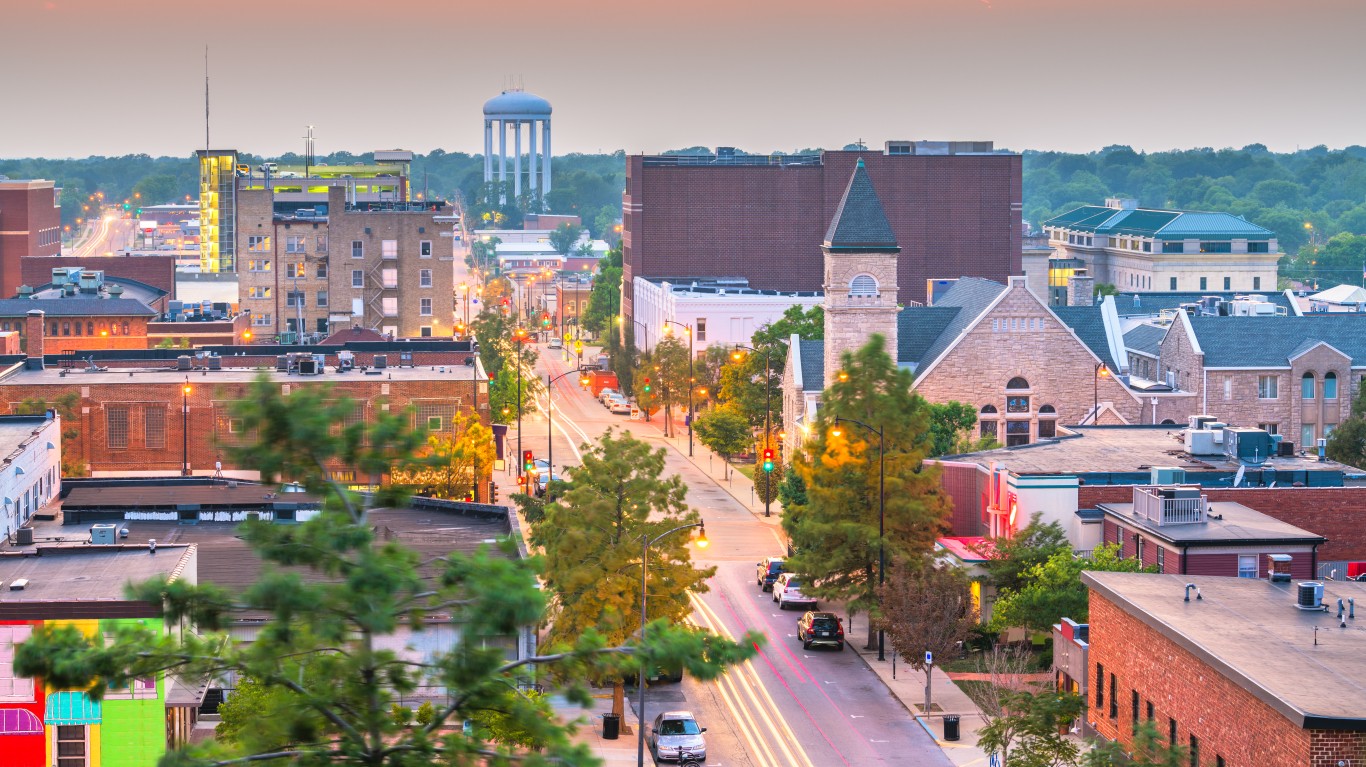
18. Missouri
> Total M3+ earthquakes between 2010 and 2015: 13
> Max year: 5 quakes in 2015
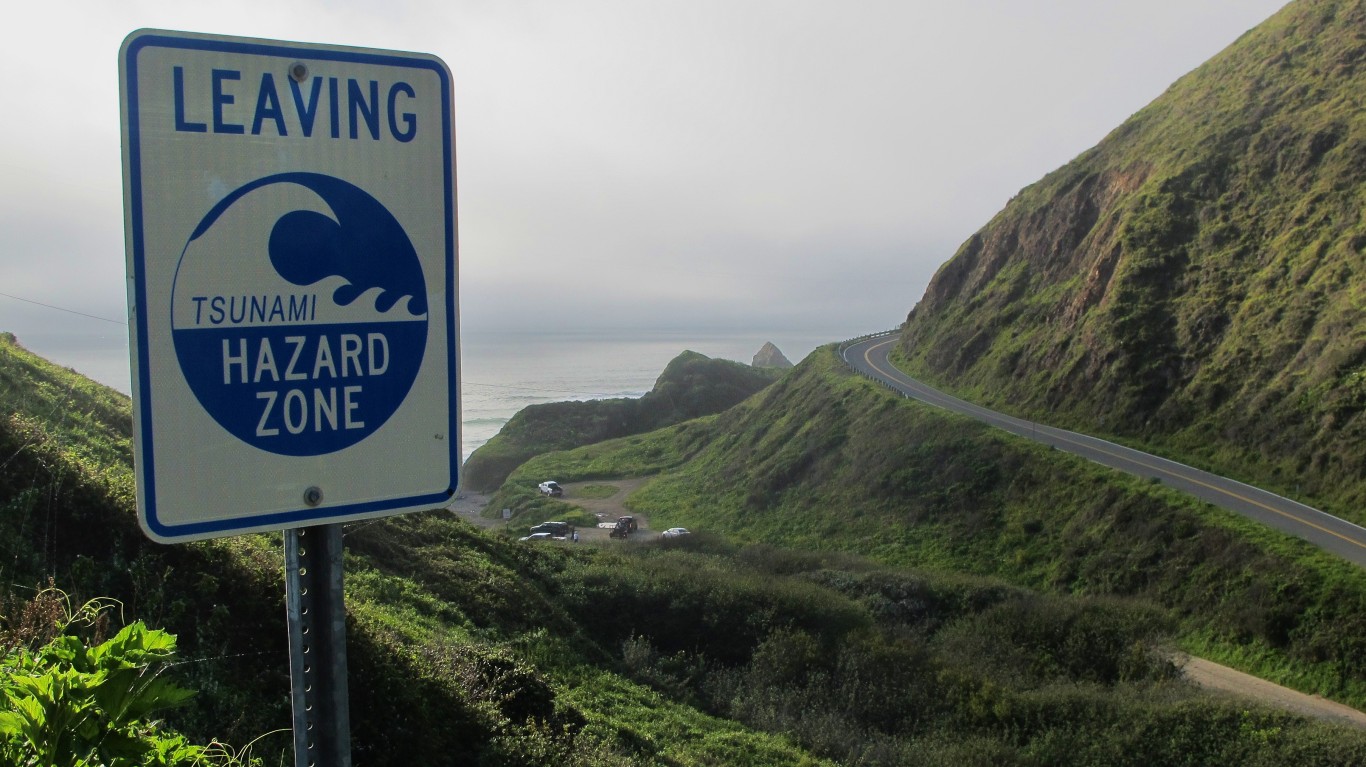
17. Oregon
> Total M3+ earthquakes between 2010 and 2015: 17
> Max year: 4 quakes in 2010
[in-text-ad-2]
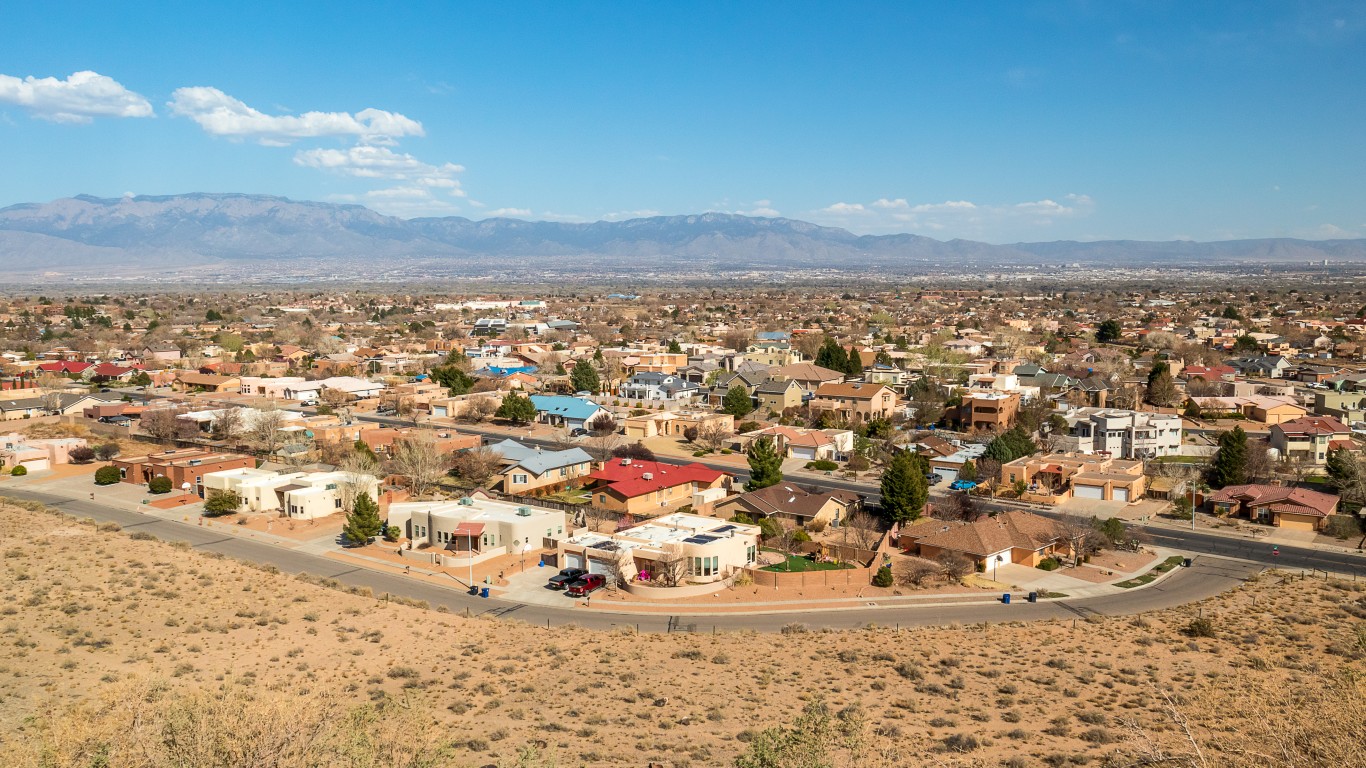
16. New Mexico
> Total M3+ earthquakes between 2010 and 2015: 38
> Max year: 12 quakes in 2015

15. Colorado
> Total M3+ earthquakes between 2010 and 2015: 56
> Max year: 23 quakes in 2011
[in-text-ad]

14. Washington
> Total M3+ earthquakes between 2010 and 2015: 60
> Max year: 18 quakes in 2013
13. Arizona
> Total M3+ earthquakes between 2010 and 2015: 61
> Max year: 31 quakse in 2014

12. Arkansas
> Total M3+ earthquakes between 2010 and 2015: 68
> Max year: 44 quakes in 2011
[in-text-ad-2]
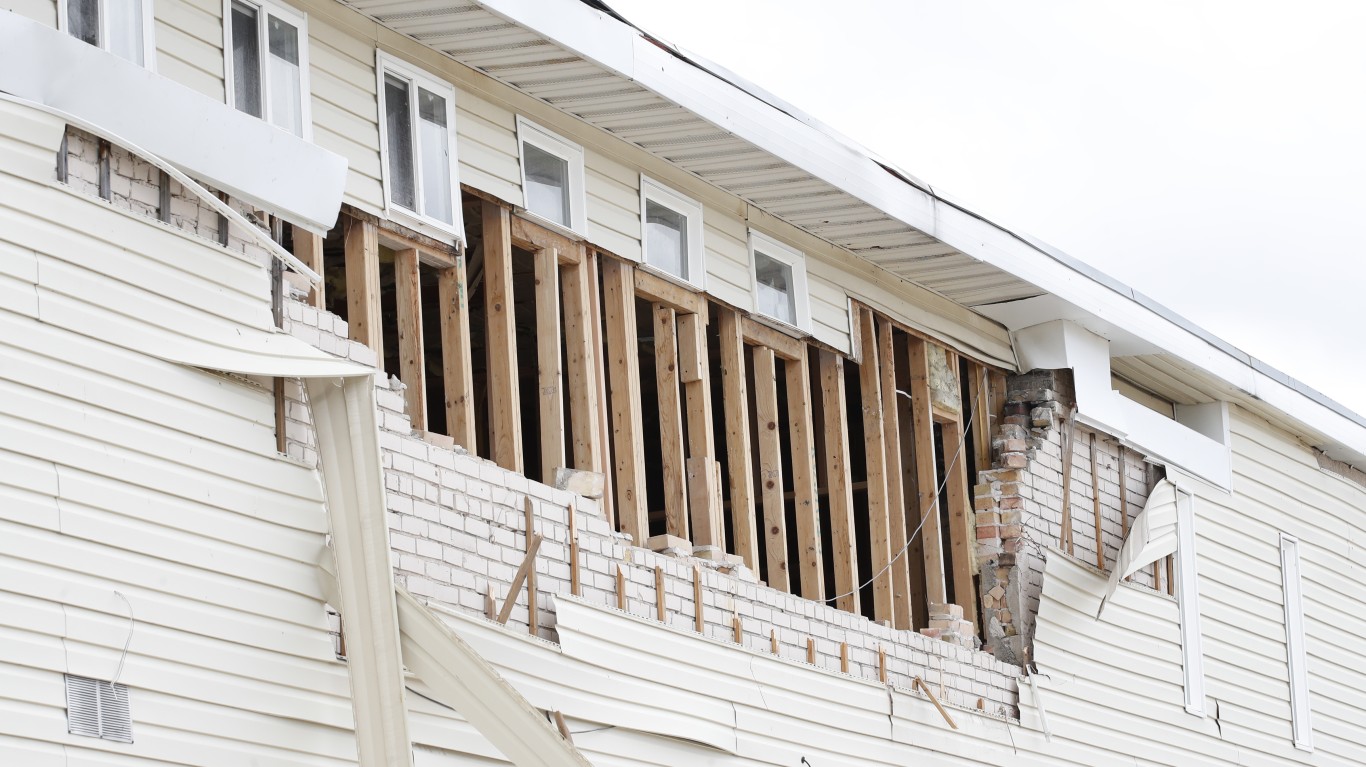
11. Utah
> Total M3+ earthquakes between 2010 and 2015: 69
> Max year: 17 quakes in 2010
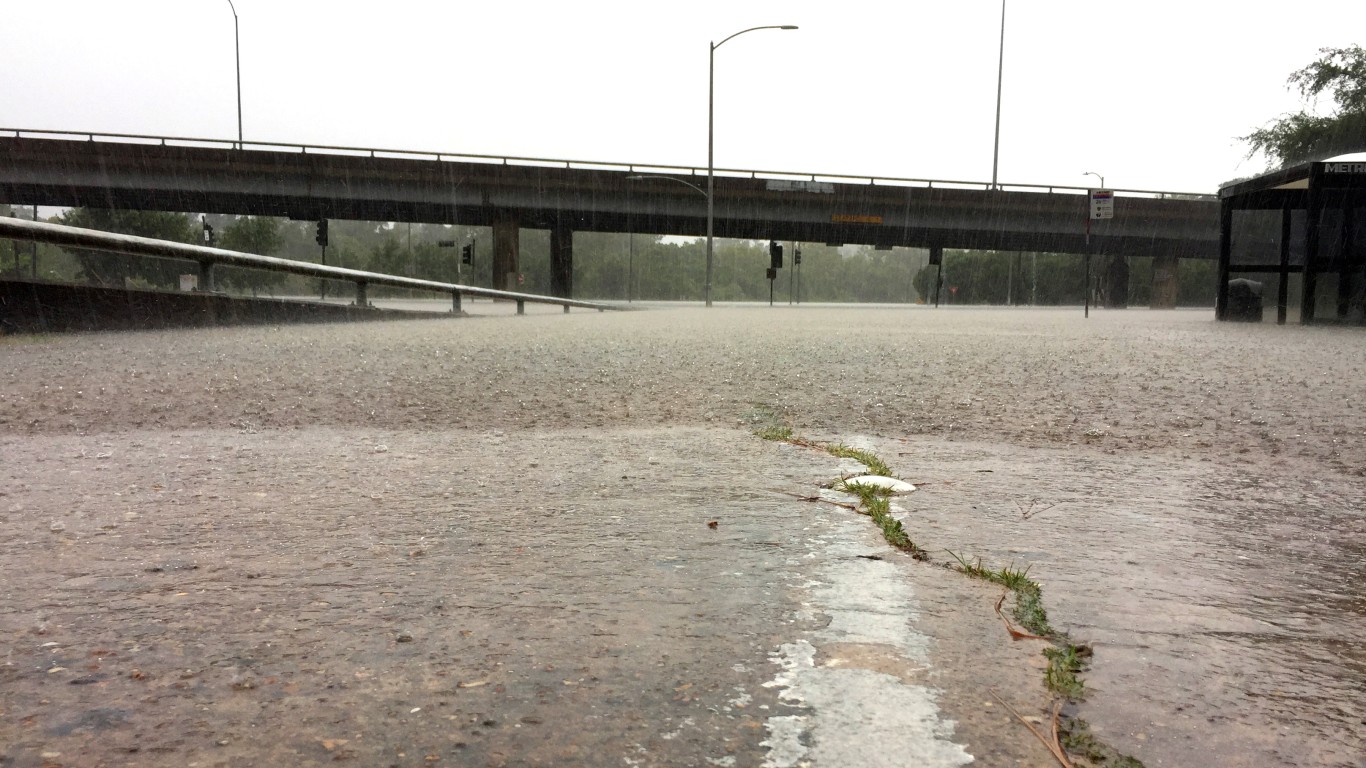
10. Texas
> Total M3+ earthquakes between 2010 and 2015: 83
> Max year: 21 quakes in 2015
[in-text-ad]

9. Montana
> Total M3+ earthquakes between 2010 and 2015: 89
> Max year: 29 quakes in 2014

8. Idaho
> Total M3+ earthquakes between 2010 and 2015: 95
> Max year: 38 quakes in 2015
7. Kansas
> Total M3+ earthquakes between 2010 and 2015: 104
> Max year: 60 quakes in 2015
[in-text-ad-2]

6. Hawaii
> Total M3+ earthquakes between 2010 and 2015: 200
> Max year: 53 quakes in 2015
5. Wyoming
> Total M3+ earthquakes between 2010 and 2015: 508
> Max year: 198 quakes in 2015
[in-text-ad]
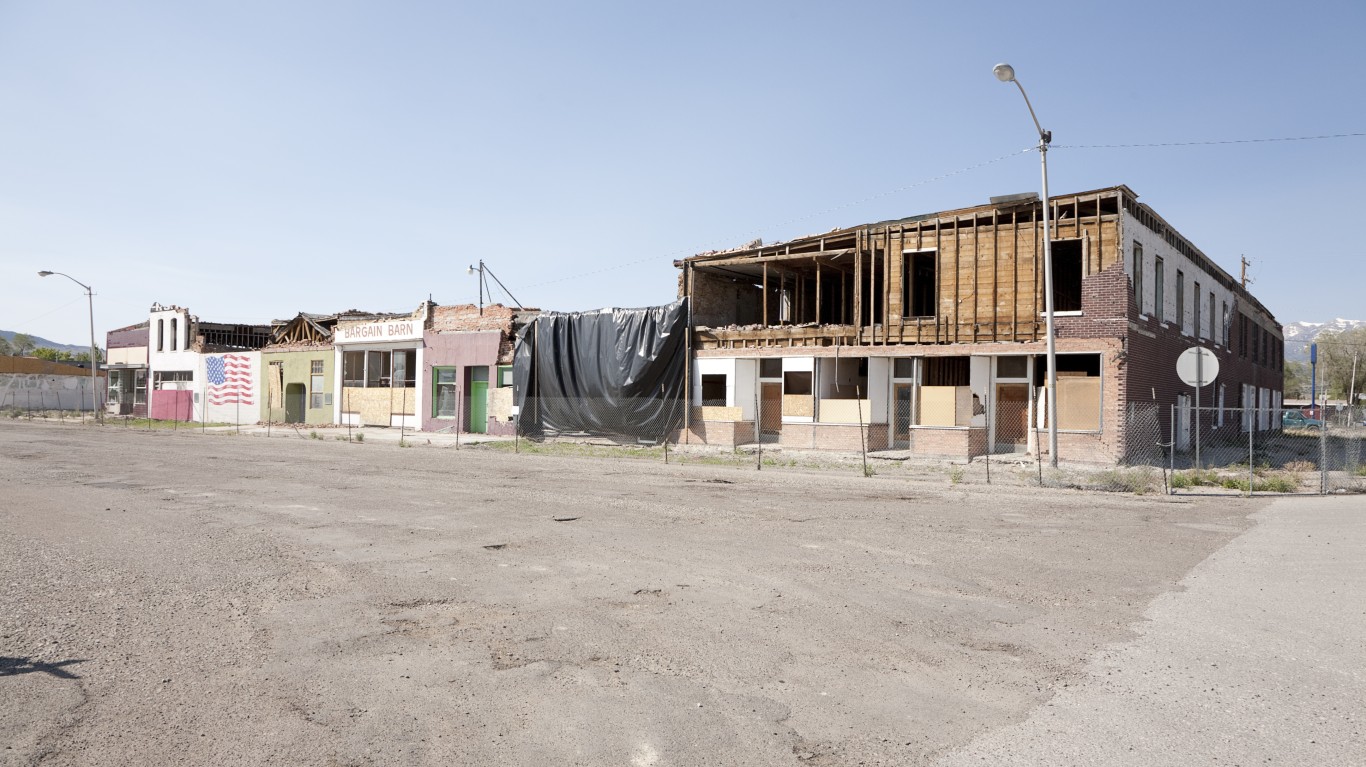
4. Nevada
> Total M3+ earthquakes between 2010 and 2015: 513
> Max year: 172 quakes in 2015
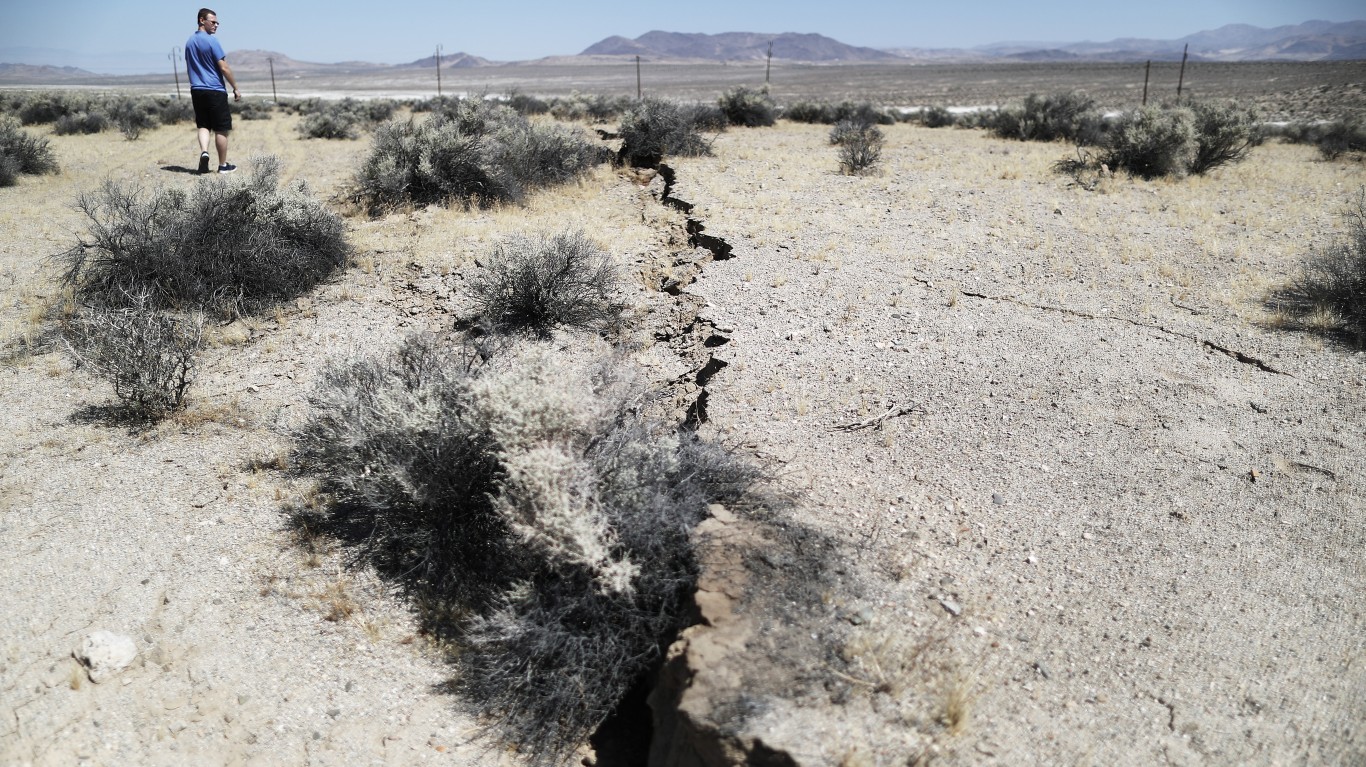
3. California
> Total M3+ earthquakes between 2010 and 2015: 1,545
> Max year: 546 quakes in 2010

2. Oklahoma
> Total M3+ earthquakes between 2010 and 2015: 1,714
> Max year: 888 quakes in 2015
[in-text-ad-2]
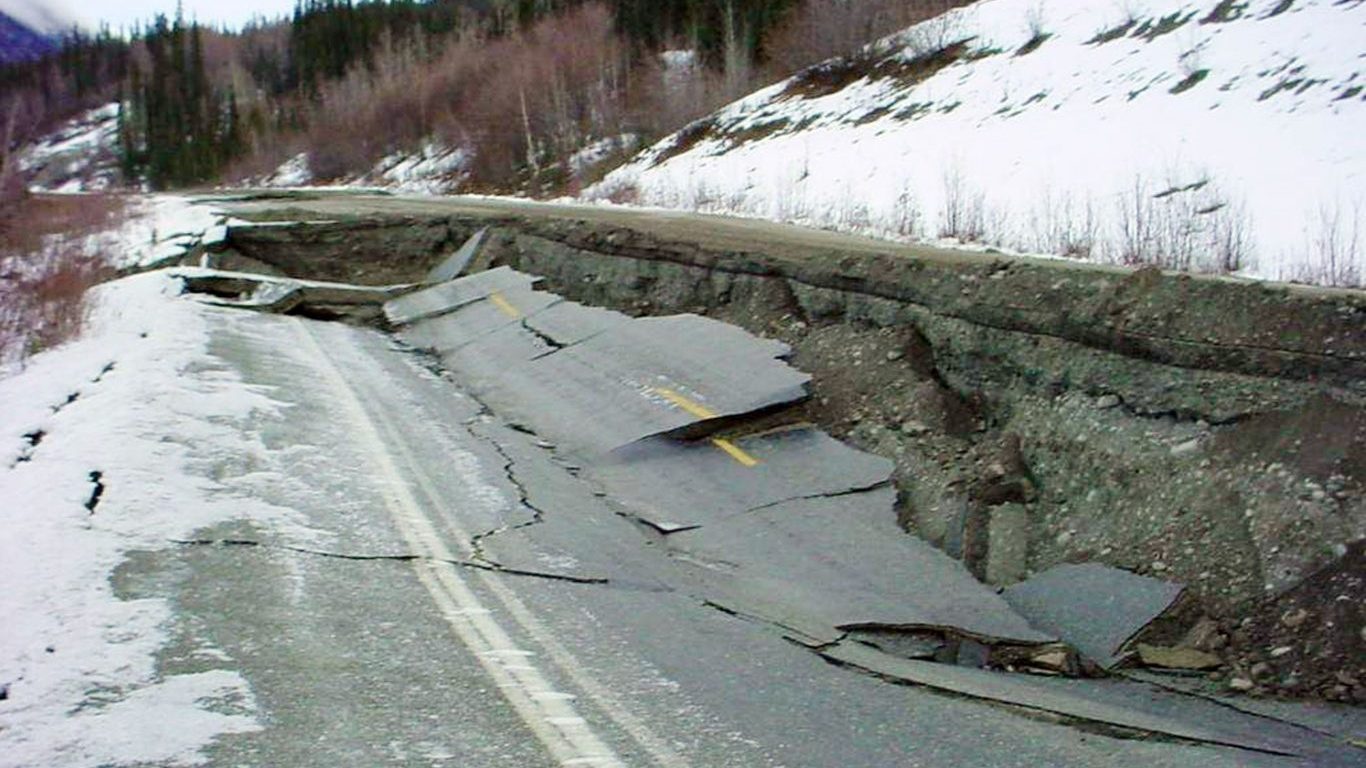
1. Alaska
> Total M3+ earthquakes between 2010 and 2015: 9,020
> Max year: 2,245s quake in 2010
Thank you for reading! Have some feedback for us?
Contact the 24/7 Wall St. editorial team.